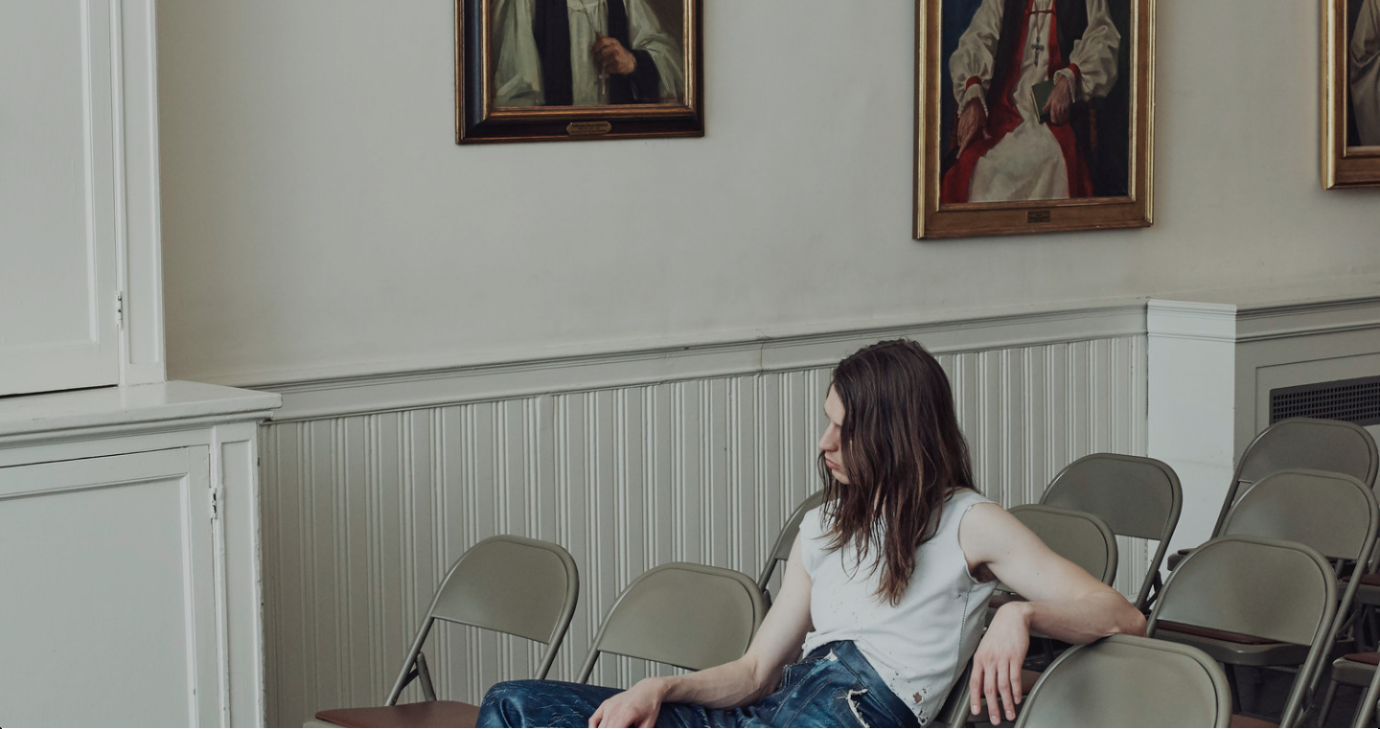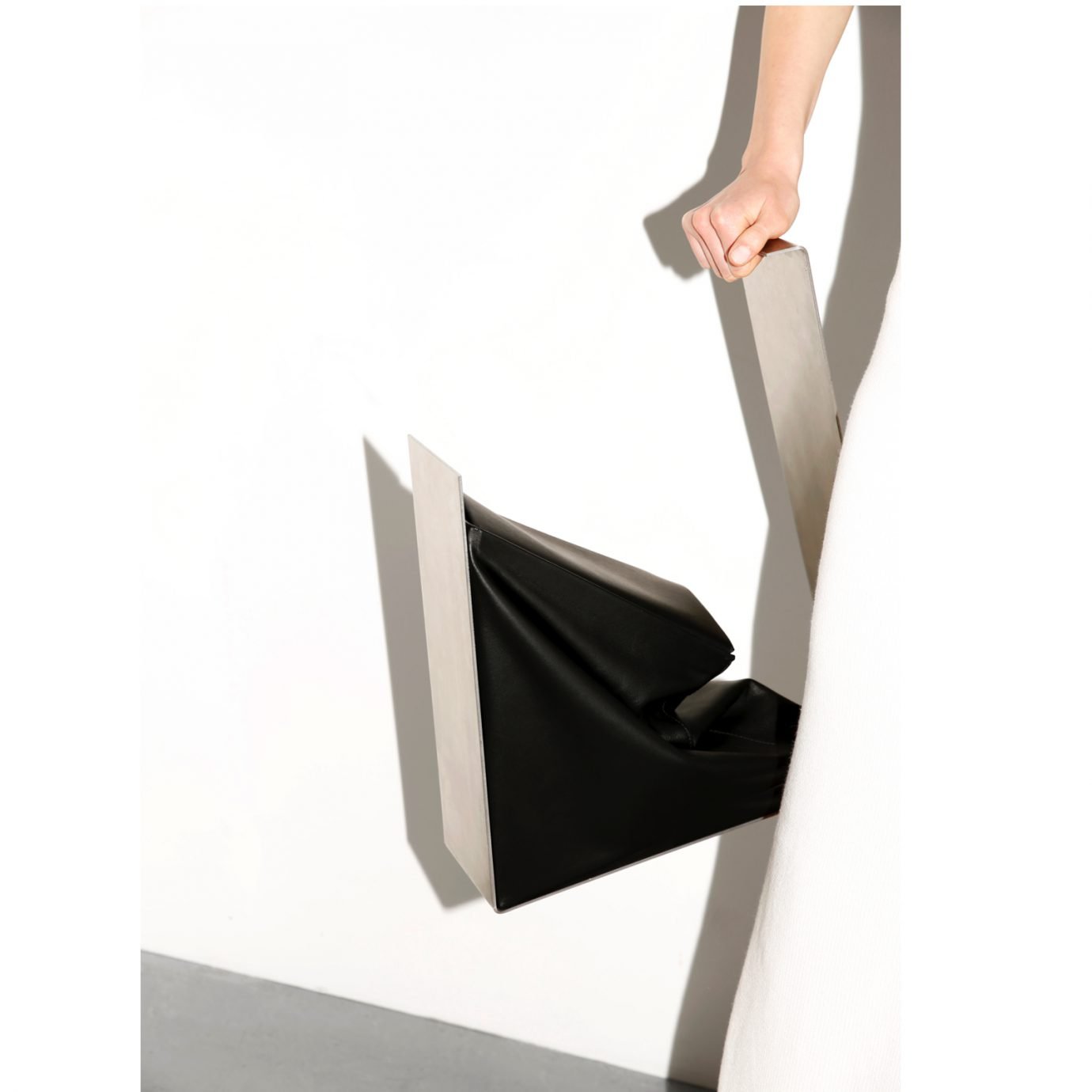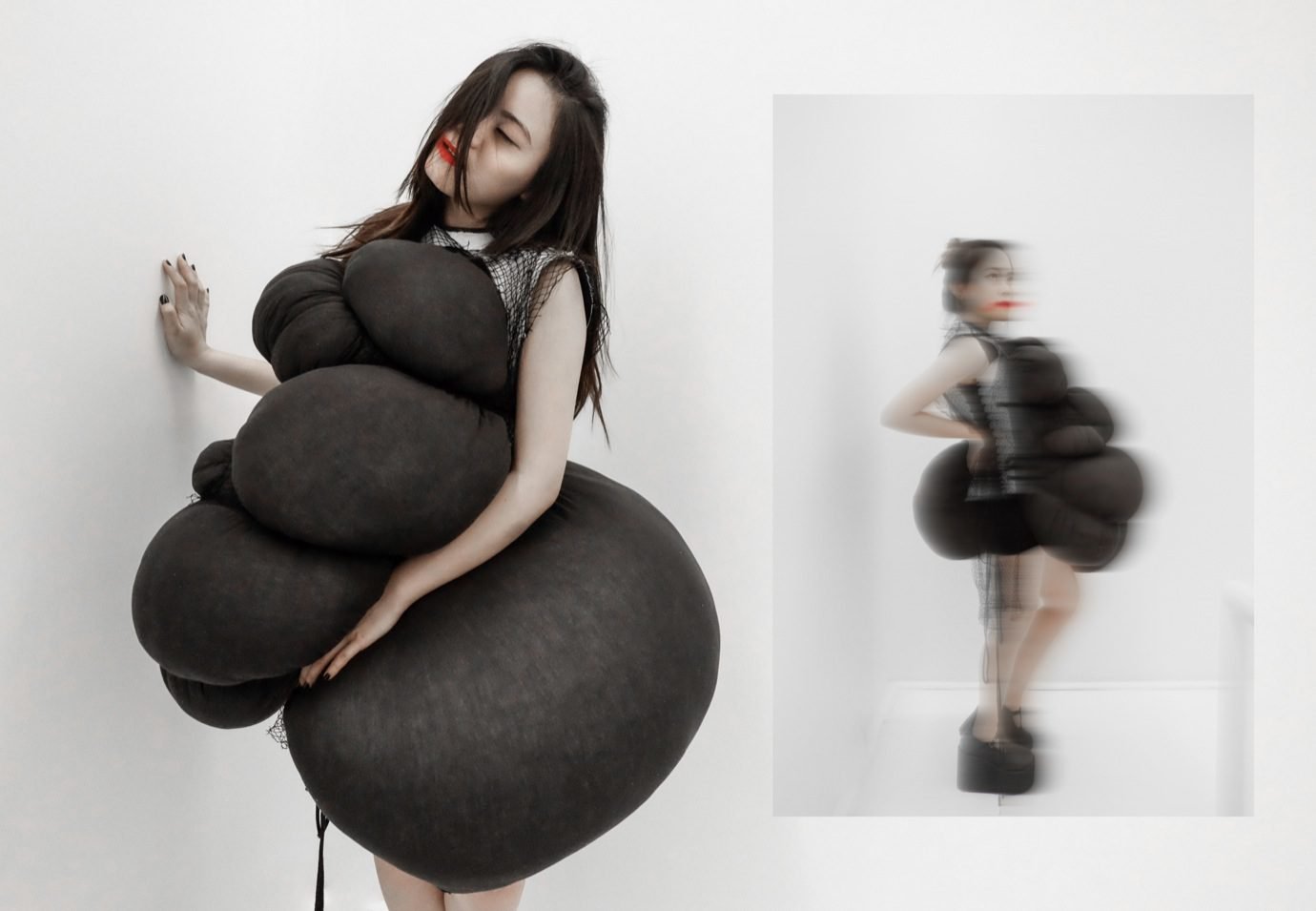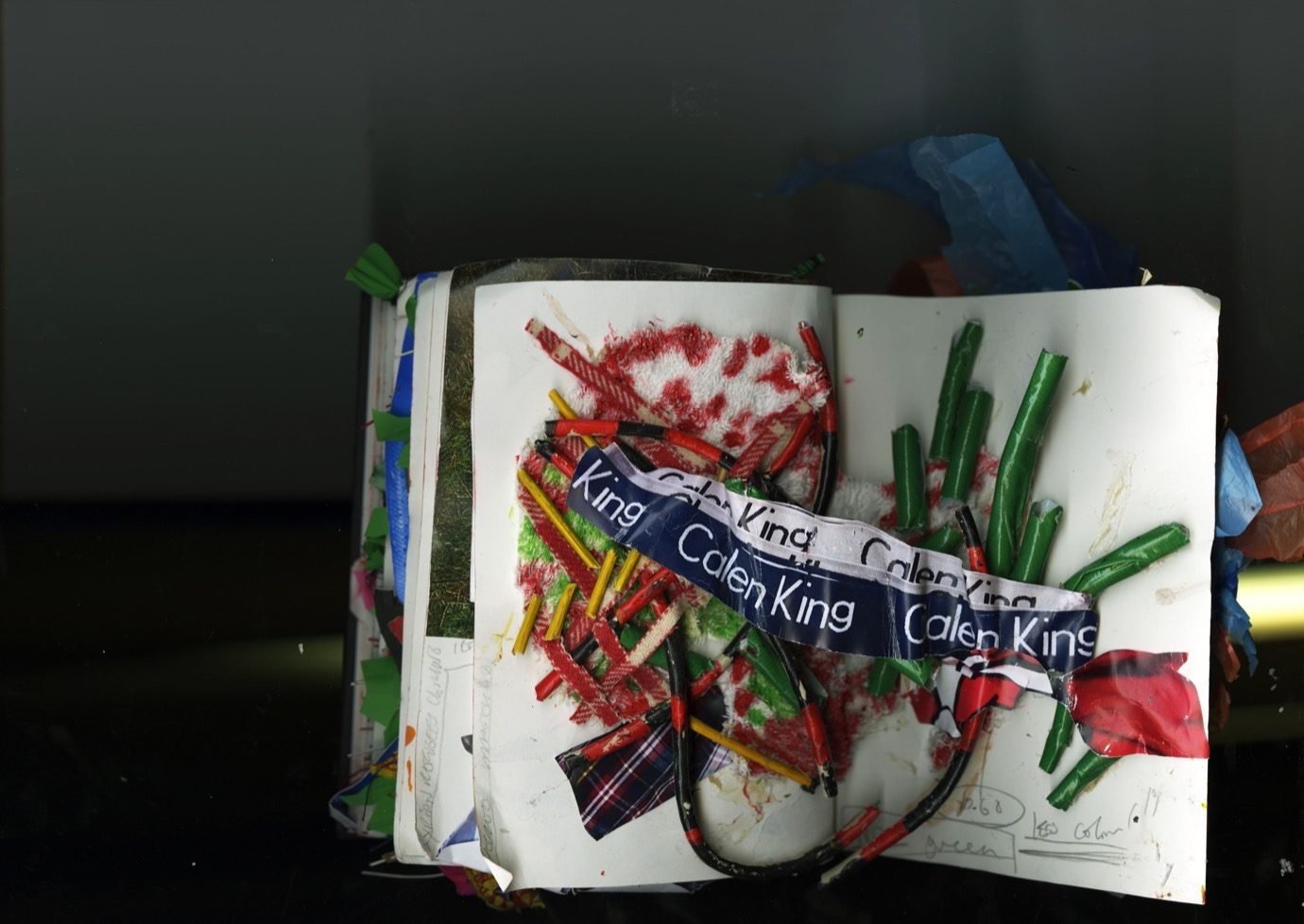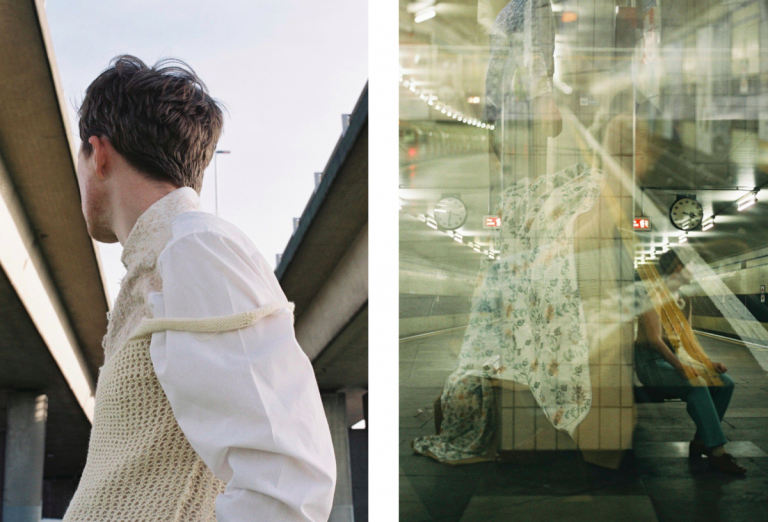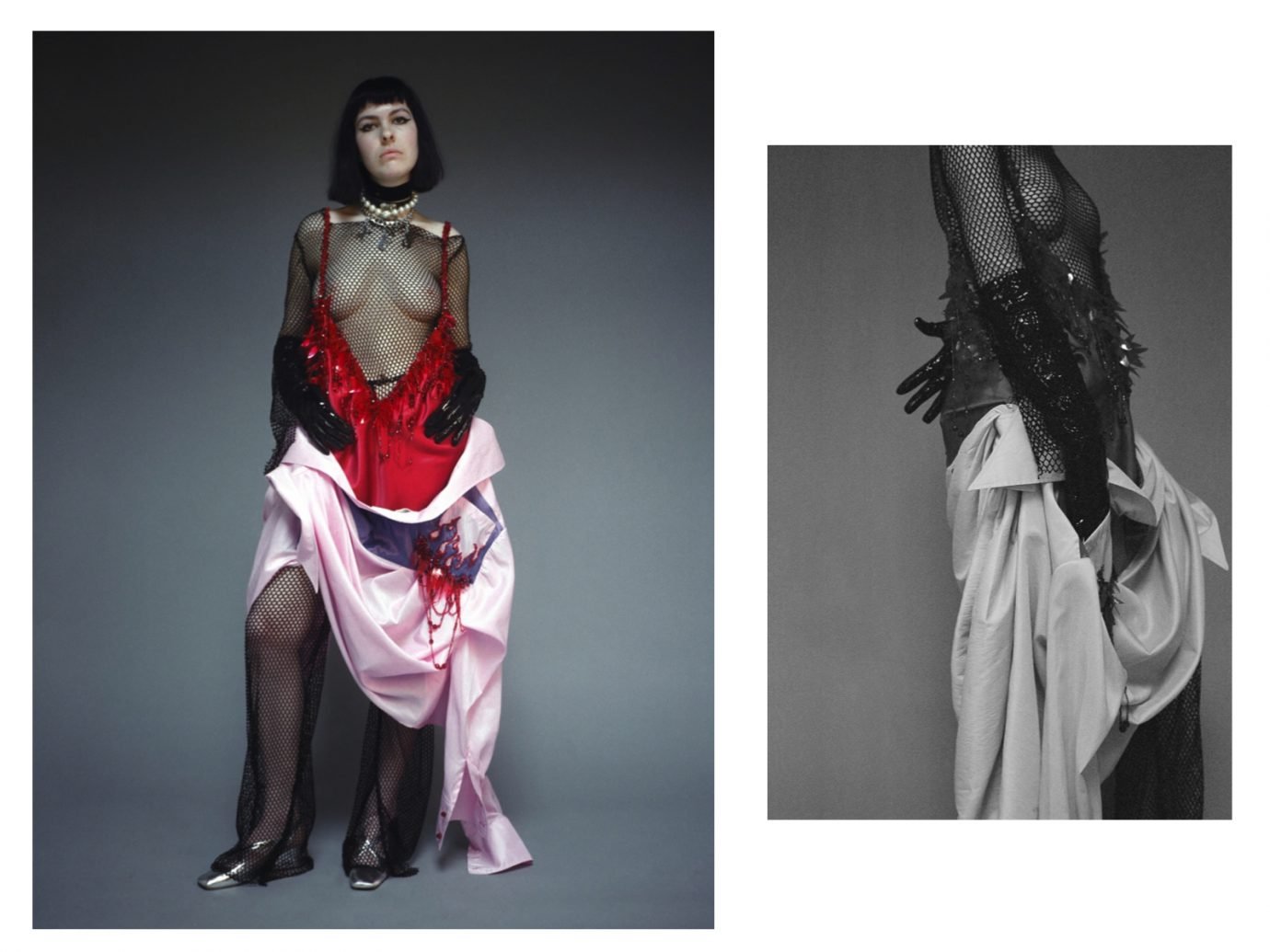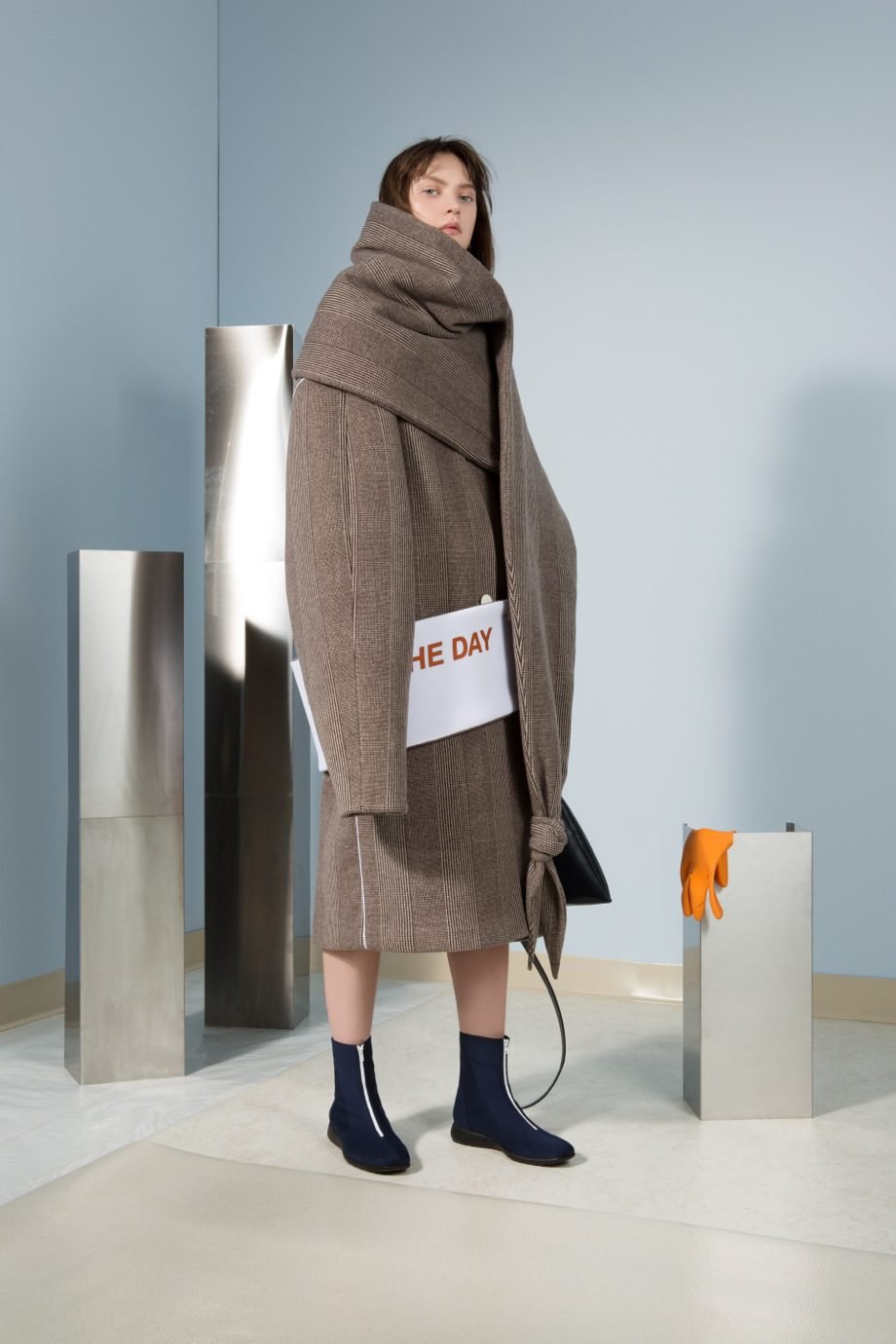The fashion consultant who formerly led Barneys’ buying team for 18 years, discovered talents like Proenza Schouler and Olivier Theyskens, sits on the board of Parsons and hosts the Fashion Garage advice talks for emerging designers with Simon Collins, has seen the many depths of the industry, and one day just decided to walk away from it all and travel.
“At some point, the journey you’re on may give you the feeling that it’s the wrong road. How do you get off that road? You exit it. You cleanse yourself and then you come back with clear eyes,” she explains over a drink at NeueHouse in New York. With the current speed, pressure and competition in the industry, it would come as no surprise that fashion design students fear missing the boat right after leaving college. Julie is quick to note how that is “an indication that you’re not doing what you want to be doing.”
She puts a big emphasis on making time to do the things you love, which in her case are surfing and meditating. Scrolling down her Instagram will provide you with a wave after every other swipe of the thumb, and she encourages students and designers to indulge in what makes them happy. “That’s also a clearing of the mind,” she says. During our two-hour long conversation, Julie shares invaluable advice for young designers. We find out why you don’t really need heavy press coverage as a designer, the reason it’s more important to cultivate relationships with buyers instead, and why finding a partner should be one of the things on your priority list when starting a brand. The most important thing to keep in mind? “Don’t get stuck in the failure. Just go through the struggle.”
“DON’T TRY TO CHANGE WHAT SOMEONE’S WORKED HARD TO COME UP WITH.”
As your knowledge of buying is very extensive, I am curious to know which relationship you find more important: buyer-designer or buyer-CEO?
The most important relationship buyers have is with the designer, not the CEO. The CEO is important, for sure, but it’s the designer who is more important.
Stories circulate in the industry about buyers meeting with designers and asking them: “Can you change this? Can you change that? Take the sleeves away, make it more simple…” Is any of this true?
No, no, you don’t do that. There’s a really good story about when Alber Elbaz just started at Lanvin. We needed evening wear in the store, because a lot of customers were asking for it. We needed red carpet dresses in LA, and who more than Alber could be able to make that? We asked him: “Alber, could you do some long dresses?” And he was like, “No, I hate long.” And so we asked, “Alright. But we need long dresses. Can you just do five?” We had to negotiate with him. It wasn’t because we were telling him: “Take the pocket off of that. Put sleeves on that. Take the hem up. Take the hem down. Move that.” It wasn’t like that. It was just: “We need long dresses. People believe that you can probably do glamorous long dresses. Could you please do those for us?” That’s a good conversation. That other conversation, moving stuff around: no. If the designer can do it, great. If he can’t, look for somebody that can. Don’t try to change what someone’s worked hard to come up with.
In a way, your advice for a designer would be to listen to buyers’ requests only if they feel it’s right?
Yes. But I think you have to be cognisant of how you can sell merchandise, because you can’t exist without the business side. You need to have sales to be able to do more, unless you want to keep your business really small and particular, which is totally fine too, and there’s something great about that. To give you an example of Alexander McQueen: when I first saw his collection, I waited six seasons before we even bought it for the store, because it just wasn’t ready for selling. I believed one hundred percent in his talent, but I was nervous about the way it was being produced, the way it would hang on the floor and his delivery dates… There are delivery rules for the store, and you cannot extend dates for designers. As a bigger store, you have inventory plans for every month. We thought McQueen wasn’t ready to do that for us; it was a combination of a lot of things. When we started buying it, that was great. Then when Domenico De Sole came in and invested in his company, it was even better, because he had a great partner and all of a sudden good deliveries.
“DON’T GET STUCK IN THE FAILURE. JUST GO THROUGH THE STRUGGLE. DON’T WORRY ABOUT BEING BIG. JUST WORRY ABOUT DOING A BIG JOB.”
Do you think it’s possible for young brands to present a collection when it’s ready, similar to how the movie industry works?
Yes, that’s what Alaïa has done over the years. He’s now more ‘on the calendar’, but for years we had a really big business with Alaïa at Barneys, and you’d be in Europe in March and he wouldn’t be ready. Then you’d get a call in May, and he’d say: “The collection’s going to be ready in three days and we’re selling for two days.” So you had to go, and we’d sell it so, so well. But we’re in the system, and I don’t think you should buck the system just to buck the system. That’s where you get in trouble. If you’re doing something, and you feel like you have an idea about how it is, you have to do it. That’s what the beauty of the Internet is, because you don’t have to depend on a store, their rules and their system. I would say that for any designer, your most important store is your own (online) store. That’s what you have to really focus on.
Do you think it’s possible to launch a fashion brand on $10,000?
Yes, I do.
I’ve heard business people say crazy numbers: “You need half a million.”
Well, I believe that anything could happen. I’m not here to say how you do things. It’s like what we did at Barneys: we did not go out and look for good businesses. We went out and looked for talented people, and then we’d try to figure out how to take those talented people and make a business out of it. We worked with them, we partnered with them, and we honoured them.
What are you interested in buying personally?
I love young talent, and I see there are different kinds of young talent. I see people that are doing very fancy things and I love the guys that are doing streetwear. It’s just how they do it, their vision, who they are and the dare. I love people who are fearless in their heart. They’re not saying: “We’re never going to do this,” or “Everyone’s going to think I’m really brave.” No, this is inside. A really interesting lecturer to graduates at Parsons was architect Frank Gehry, and he said: “Oh my god, the struggles, the jobs that I failed, the jobs that I didn’t get.” He said: “I have so many memories of waking up in the middle of the night with massive nightmares. I failed so many times. But what I did, was just going through the struggles. I didn’t give up and I didn’t walk away. I went through it.” He kept studying Michelangelo and the way Italian sculptors fold their sculptures, because it’s all about folding and not angling, and curves. And you look at his buildings and they’re all like this. Just don’t stop that stuff. Don’t get stuck in the failure. Just go through the struggle. Don’t worry about being big. Just worry about doing a big job. It will all work out the way it’s supposed to, I am sure that is the key to success. Just concentrate on doing a good job, it’s not about making money, not about being famous.
“WHAT EXPECTATIONS DO YOU HAVE OF DESIGNERS WHO HAVE DONE GREAT CLOTHES THAT YOU WANT TO WEAR? SHOULD THEY BE RESPONSIBLE FOR FIGURING OUT WHAT STORES TO CALL, OR HOW TO MANAGE THEIR FINANCES: WHAT MONEY COMES IN, WHAT MONEY GOES OUT? THAT’S ASKING A LOT OF A PERSON.”
For young talent looking to sustainably grow their brand, which relationship do you think is more important: designer-press or designer-buyer?
Designer-buyer, because you can use social media. You actually don’t need the press. You can do it on your own. You can give your clothes to a celebrity, and they can wear it. Relationships with press are good, but your most important relationship is the person who is representing and selling your clothes. Because when the going gets tough, you want to be able to manage through that from a business perspective. You also have to be your own advocate. So for a good relationship with a buyer, you have to be in there every month and ask: “Okay, how are things selling? How does it look in the store?” Relationships are everything in fashion.
In one of your interviews, you mentioned how without Barneys behind you after you left, all those relationships were…
Changed, because I didn’t have the power of the pencil. For example Raf just left Dior — his relationships will change. Everything will change, because he is no longer the creative director at Dior. It’s like Demna Gvasalia at Balenciaga. He’s got his own cult collection with Vetements, which is super cool and great. It doesn’t appeal to everybody, but he’s doing a great business. Now, he’s going to have a lot more friends, because he’s out there at Balenciaga. It’s just the nature of the beast, the nature of business. If you build good relationships, then you can actually see who your true relationships are, and what’s actually just based on position. My advice to young people is to just keep all your relationships, because there’s so much movement now. You never know. You should never label someone less important than another.
What are your thoughts on couture? Do you think it will have a comeback?
Yes, and actually, if somebody can afford to do it, it’s a great template for designers. Can you imagine being a designer and somebody saying: “Just dream and do what you want to do. Here’s some money for special fabrics. Do the most exquisite things. There’s no limits. Just do it.” That’s a designer’s fantasy and I think it’s great. There’s always a controversy about those kind of things, but from the designer/creative perspective, it’s great.
“WE HAVE TO STAND TRUE TO OUR CORE BELIEFS, BUT WE HAVE TO BE FLEXIBLE IN HOW WE NAVIGATE THROUGH THIS TIME.”
You’re hosting series of advice talks, which are more or less conversations with a young audience about how to start up and stay in the fashion business. What was the main advice during your most recent talk?
We talked about some key things, like right now I feel it’s really important to have a partner. It’s really hard to be in the fashion business all on your own. Get a partner soon. I think sometimes designers need a partner to help them with making decisions, or it could even be good financial people, good business people or advisors, that can help them with things they don’t know anything about. No one knows everything about everything. What expectations do you have of designers who have done great clothes that you want to wear? Should they be responsible for figuring out what stores to call, or how to manage their finances: what money comes in, what money goes out? That’s asking a lot of a person. So maybe it’s good that they don’t try that, but they get help with that, rather than trying to figure everything out themselves.
Another topic was about building up a sustainability background, and questioning things like materials and the way garments are made, because that’s probably going to be where the future is.
But although there are young designers who care about sustainability, they also know how expensive it is.
For sure.
So you get into this weird situation where you want to do better, but it might kill your business.
I talked to a designer yesterday who really wants to make his collection in the USA. It’s his thing, he’s an American designer, proud to be an American. But he’s struggling, because he knows that if he went to China, he would find better prices there. My advice to him was: just go to China, because great factories exist there. Find that great one and start a relationship with them. When you grow and get up to scale, maybe there’ll be an opportunity in place to produce in the USA. Don’t let go of that dream. Right now it’s maybe hard to do it the way you envision it. We have to be very flexible. We have to stand true to our core beliefs, but we have to be flexible in how we navigate through this time.
I think it’s quite difficult to engage young designers with the term ‘sustainability’.
It doesn’t resonate. I think “sustainable” is a really boring, unsexy word too, but I try not to get too hung up on it. I try to think about what I like to do in this life, and I like to surf in oceans. I like to walk on the beach. I like to look at the sky. I like being in Europe. I like to be in vast fields with no buildings. I like animals. So when you think of sustainability, think of all the things that you like to do, and think how the environment would affect those things.
What initially triggered your interest in sustainability?
It’s an internal thing. I always think that people have a chromosome for it, because you can talk to some people and they just don’t understand it, and then you can talk to others, and they get it. But for me, it’s very twofold. I was down at John Galliano’s show – a Dior show, actually – and John had done these amazing Kabuki costumes that no customer could wear, but they were an incredible couture kind of creation that could bring tears to your eyes. But then someone told me how much the show cost to produce. That was at a time when there was a lot of drought in Africa, starvation and many children born without what they need. And I thought: “Well, you could save a small country in Africa, for the same amount of money that someone would spend on this show.” I don’t know the mathematics, but in my mind that’s what I was thinking. I just thought: “My god, I don’t want to be a part of this. I don’t want to contribute to this in a way,” because I don’t think you can separate the world. We’re all one world. We have to be aware of what we’re doing, and how it impacts other things. So I thought: “I want to be more conscious of what I do.” At the same time, Al Gore released his movie “An Inconvenient Truth”. Then on another occasion, I had “The Art of Happiness” from the Dalai Lama on my desk, which somebody had given me. And there were fashion designers who came to visit me, who picked it up and were saying: “Oh, this is everything that we don’t do.” I thought that something wasn’t right there, and that’s when I started to really pay attention. It’s just that you can’t force something onto a creative person. You have to show how it can work, and if they want to jump on that bandwagon, or if they want to take it and express it in their own way, they can.
This interview has been edited and condensed


